How to Teach Number Recognition to Kids in 8 Easy Steps
How to Teach Number Recognition to Kids in 8 Easy Steps
Ever watched your child proudly shout “One, two, THREE!” while counting their toys or cookies? That spark in their eyes isn’t just cute — it’s the beginning of something BIG. Welcome to the wonderful world of number recognition skills, where your child learns to see numbers not just as squiggles on a page, but as the building blocks of their future math skills.
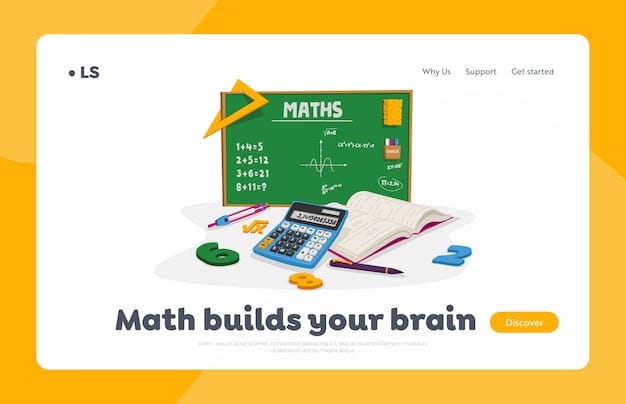
Number recognition is one of the first and most essential skills kids develop as they begin their journey into the world of mathematics. Just like learning the alphabet sets the stage for reading and writing, learning numbers builds the foundation for math.
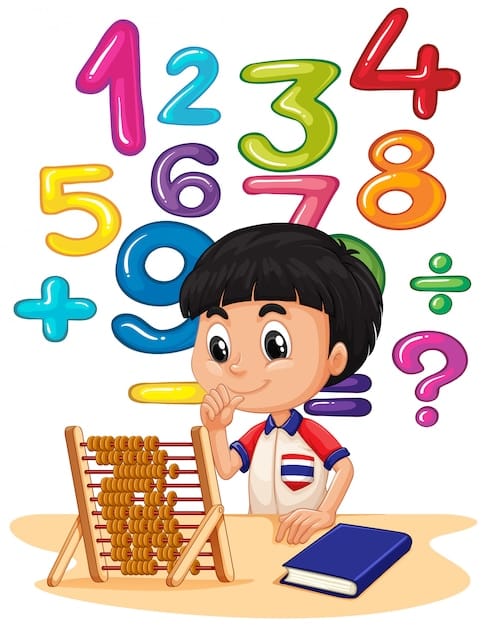
This early exposure is crucial not only for academic performance but also for practical, day-to-day life. From counting their toys and counting objects to recognizing numbers on doors and clocks, children use number recognition skills in more ways than we often realize.
What makes this learning stage truly magical is that it doesn’t have to be boring or intimidating. With the right mix of creativity, playfulness, and patience, teaching number recognition can become a joyful experience-for both the learner and the educator.
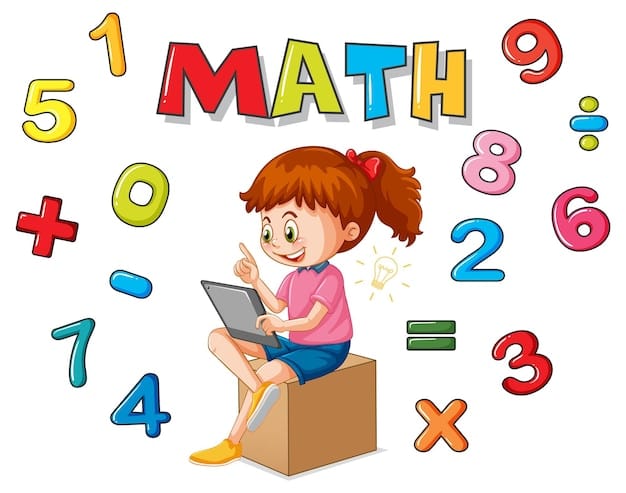
Using interactive methods like songs, number recognition games, storytelling, and digital tools, kids can develop strong number sense without even feeling like they’re “studying.” In this blog, we’ll explore what number recognition is, why it’s essential, and how to teach it in 8 simple, engaging steps that turn learning into an adventure. Whether you're a parent, a teacher, or a caregiver, these fun activities and strategies will make learning numbers an experience your little one will look forward to every day.
What is Number Recognition and Why is it Important?
Number recognition is the ability to visually identify numbers and understand their symbolic meaning. It means that a child can look at the number “3” and know that it refers to three items, linking it to the corresponding number.
Mastering number recognition allows children to grasp the concept of quantity, which is key to understanding how numbers work.
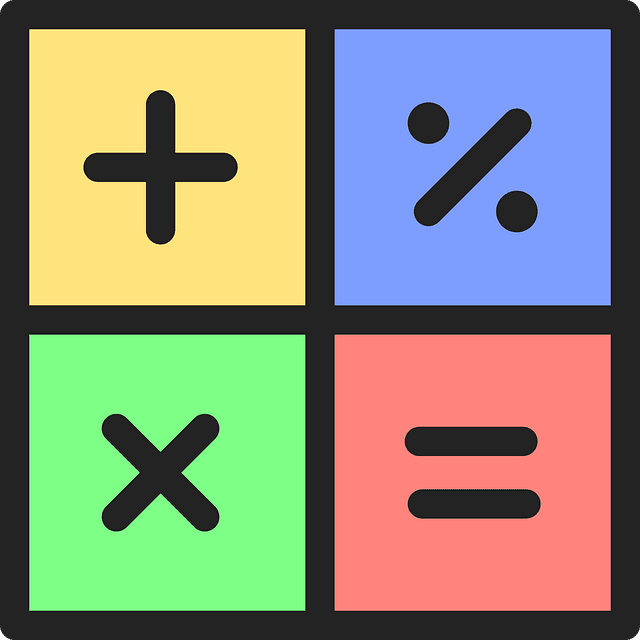
For instance, knowing that “4” means four apples helps children link abstract symbols to real-world items. This is particularly important in early childhood math education because it sets the tone for how a child will view math in the future. If introduced in a fun and engaging way, math becomes less of a challenge and more of a natural part of life, especially as the child understands the importance of one to one correspondence.
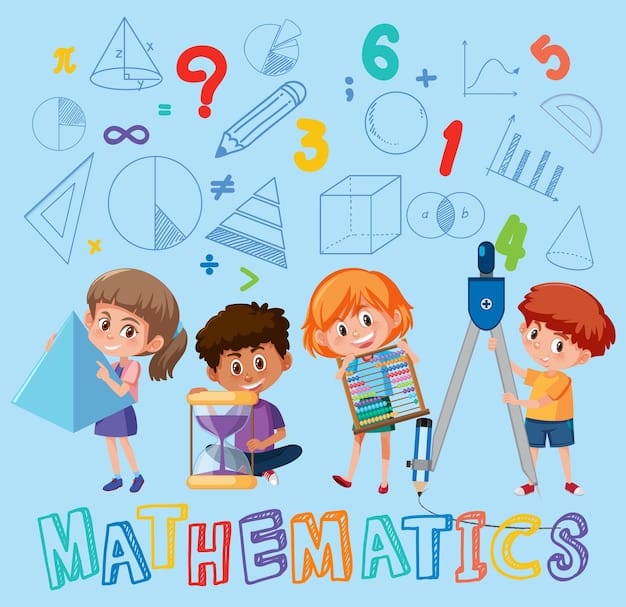
Starting early also gives children the confidence to approach more difficult tasks as they grow older. When kids learn number recognition and recognize numbers confidently by age 4 or 5, they’re more likely to succeed in kindergarten and beyond, laying the foundation for their math skills. The earlier they connect with numbers, the better their number sense, memory, and math fluency will become.
How to Teach Number Recognition to Kids in 8 Fun Steps
Teaching number recognition can—and should—be an exciting process. Kids are naturally curious, energetic, and imaginative, which means traditional methods like memorization and drills aren’t always effective. Instead, combine creativity with practicality, allowing kids to enjoy drawing numbers while engaging in learning. Visuals, music, movement, and number recognition games that include small objects are powerful tools to capture students' attention and turn learning into play.
Each of the following eight steps provides a practical approach that balances structure with fun. These methods are designed to appeal to various learning styles—whether your child is a visual learner, enjoys physical activities, or learns best through music.
The steps also build upon one another, starting from basic number recognition (1–10) and progressing toward everyday applications and more advanced skills. No fancy equipment is needed—just time, patience, and a dash of creativity, for example, in using everyday objects. Let’s dive into the fun!
Step 1: Start with Number Recognition 1-10
The numbers 1 through 10 are the building blocks of all future math learning. Start here by introducing these numbers visually, aurally, and kinesthetically. Flashcards are your best friends—use bright, colorful cards with large, bold numbers to help with child number recognition and identify the correct number. Add images next to the numbers, like one apple next to “1,” two ducks next to “2,” and so on. This helps children form associations between the number symbol and its quantity.
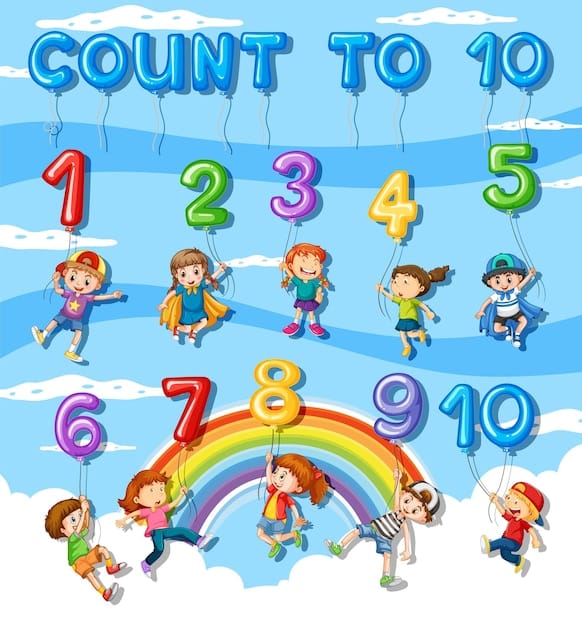
Begin by focusing on numbers 1 through 10, as they form the foundation for all subsequent number learning. Utilize visual aids such as number flashcards, colorful charts, and posters to display these numbers prominently.
Encourage your child to practice writing each number, reinforcing their shape and form. Incorporate counting songs and rhymes to make the learning experience lively and memorable. For instance, singing songs that involve counting objects or referencing a number line can enhance both number recognition and counting skills. Engaging in hands-on activities like tracing numbers in sand or forming them with clay can further solidify their understanding of how kids learn numbers .
Number charts on the wall, posters above their study table, or magnetic numbers on the fridge can reinforce exposure throughout the day. Make it hands-on by letting your child trace the numbers with their fingers, use sand trays, or trace with crayons and markers while referencing a number line . Repetition is key, but it can include everyday objects and additional resources doesn’t have to be repetitive—mix up the tools and methods regularly.
You can even take learning outdoors: write numbers on the sidewalk with chalk and let them jump on each as you call them out. Or try a sensory bin with hidden numbers for them to discover. When kids repeatedly see, touch, and say numbers while asking how many objects are present in a fun environment, especially when it's something the child loves, comparing numbers becomes second nature.
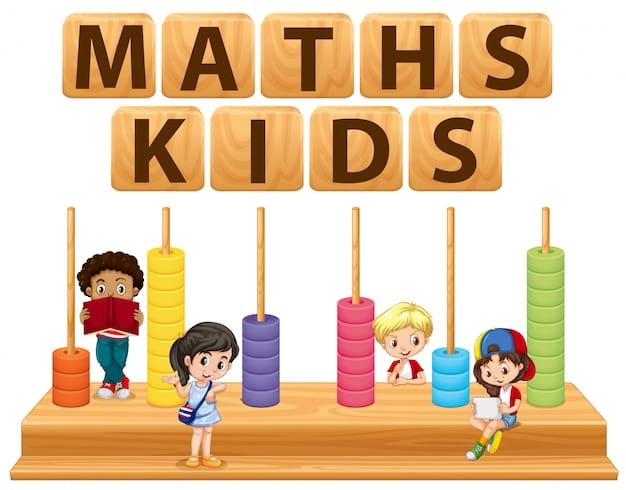
Step 2: Use Hands-On Learning Tools
Tactile learning enhances understanding. When kids can touch and manipulate physical objects, they grasp concepts faster. Using everyday items like toy blocks, buttons, pom-poms, or coins, you can easily create interactive number games that help your child count and practice naming numbers . Ask your child to count out four blocks when shown the number “4” or match numbered cards with corresponding groups of objects.
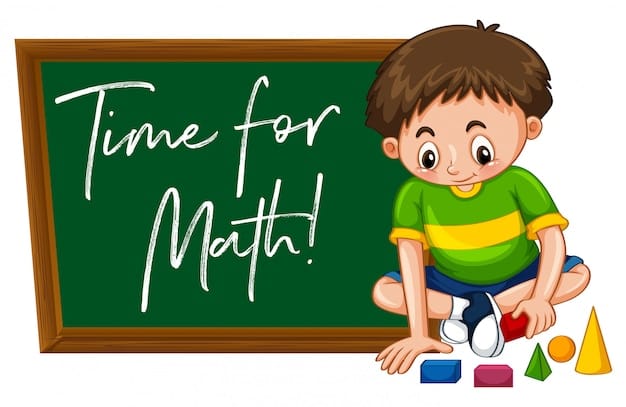
Educational toys like counting bears, abacuses, or Montessori-inspired number rods also work wonderfully. These tools help kids make the connection between all the numbers and quantity, building both recognition and comprehension, alongside using tracing worksheets. Use egg cartons, cupcake trays, or muffin tins—label them with numbers and let your child place the correct number of items in each
For example, during snack time, you can ask, "Can you count how many apple slices are on your plate?" This not only reinforces counting skills but also shows the relevance of numbers in daily life. Encourage your child to group items and then identify the number of objects in each group, promoting both counting and number recognition.
Step 3: Create Fun Preschool Activities
Preschoolers learn best through play, and the options for playful number activities are endless. Matching games are a big hit: create pairs of number cards and have children find matches. Or try number puzzles, where they match the number to a picture with the correct quantity. For even more engagement, host number scavenger hunts around the house or classroom—hide numbers and challenge kids to find and name them.
Sorting and counting games also strengthen number recognition. For example, provide a pile of mixed buttons and have children group them by color and then count how many are in each group. This not only practices counting but also introduces early data analysis skills. Number puzzles that require placing numbers in the correct order help reinforce sequencing skills. These activities not only enhance number recognition but also develop basic arithmetic, problem-solving abilities, and hand-eye coordination.
Step 4: Incorporate Music and Rhymes
Songs and movement activities can significantly aid in teaching numbers. Engage your child with counting songs that involve actions, such as "Five Little Ducks" or "Ten in the Bed." These songs make learning numbers entertaining and help in memorizing their sequence. Encourage your child to clap, jump, or stomp a specific number of times to correspond with the numbers in the songs. This multisensory approach caters to various learning styles and keeps the child actively involved in the learning process.
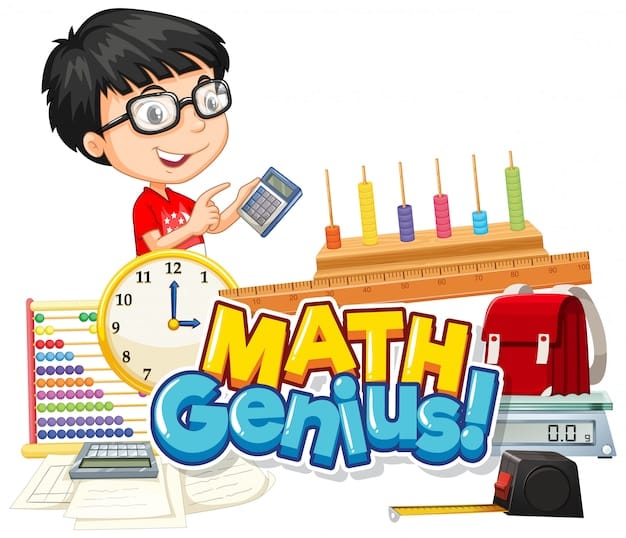
Turn up the music during playtime or car rides and sing along together. Use finger motions or puppets for added interactivity. The goal is to tie numbers to enjoyable experiences so that kids associate learning with fun—an example being songs that incorporate actions . If you play an instrument or have access to musical toys, even better—turn it into a jam session with number chants.
I would say don’t shy away from repetition. Repeating songs helps reinforce the content in a way that doesn’t feel forced. And if your child enjoys creating their own songs or rhymes, encourage them to do so! Let them invent a silly tune about the number seven or a rhyme about counting ice cream scoops. When kids have fun, they learn effortlessly—and music is one of the most effective learning tools you can use.
Step 5: Use Everyday Opportunities
The best learning doesn’t always happen during a “lesson.” In fact, some of the most powerful moments for teaching number recognition happen in everyday life. Numbers are everywhere—from elevator buttons to microwave timers, grocery prices that reflect number values , page numbers, house addresses, and digital clocks.
Encourage your child to spot numbers throughout the day. Ask them to identify the number on their shirt, count the apples at the store, or read the numbers on your car’s dashboard.
Involve them while cooking—ask them to find measuring cups marked “1” or “2” or count out how many carrots go into the salad. Start with guided tracing, then gradually encourage them to practice writing numbers independently. Use colored paper and markers to make the activity more appealing. This practice, which can include using household items, not only aids in number recognition but also develops fine motor skills. Celebrate their efforts and display their work to boost their confidence and motivation.
During storytime, point out numbers in books and ask your child to name them. Set up a daily “number of the day” ritual—write it on a board and look for it everywhere during the day. Use stairs to count steps aloud as you climb, and read bus or street signs together when walking outside.
Incorporating number recognition into real-life routines shows kids how numbers function in the world around them. It not only builds their number sense but also teaches them that math is useful, practical, and fun.
Step 6: Practice with Worksheets and Apps
Worksheets and digital tools provide valuable structured practice. But forget the boring, black-and-white ones—today’s worksheets are colorful, engaging, and activity-packed. Look for printables that offer tracing, coloring, and matching numbers to objects. These activities improve fine motor skills while reinforcing visual memory of number shapes.
Integrate number identification into everyday routines. Point out numbers on clocks, phones, calendars, and street signs. Ask questions like, "Can you find the number 5 on the clock?" or "What number is on that house?" This real-world application helps children understand the omnipresence of number values and reinforces their learning. Encourage them to recognize numbers in various contexts, enhancing their observational skills and number sense.
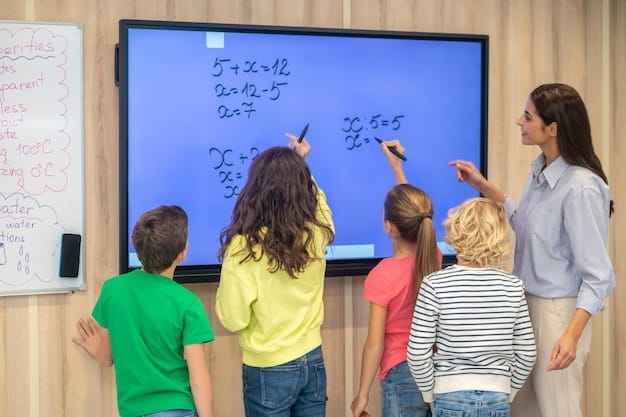
Technology also opens up a world of possibilities. Educational apps like Endless Numbers, Moose Math, or Khan Academy Kids turn learning into interactive play.
With animations, rewards, and story-based learning, apps are particularly appealing to screen-savvy kids. They can reinforce number recognition while building listening, attention, and sequencing skills.
TBH, Balance is the key. Combine screen time with paper-based activities to ensure children develop both tech and non-tech learning habits. Always supervise digital learning to keep it focused and safe. Whether it’s a coloring worksheet or a number maze on an iPad, each activity adds a piece to the puzzle of learning numbers.

Step 7: Make it Competitive and Rewarding
A little friendly competition can make learning extra exciting. Use number games to challenge your child in a fun and positive way. Try number bingo, memory games, or roll-the-dice challenges where they need to count and match numbers quickly. Introduce a reward system where they earn stickers or small treats for identifying numbers correctly.
You can even turn learning into a family game night—play number-based board games like Chutes and Ladders or Uno. Keep a scoreboard to encourage participation and celebrate wins, no matter how small. Just remember to keep competition lighthearted and supportive to prevent pressure or anxiety.
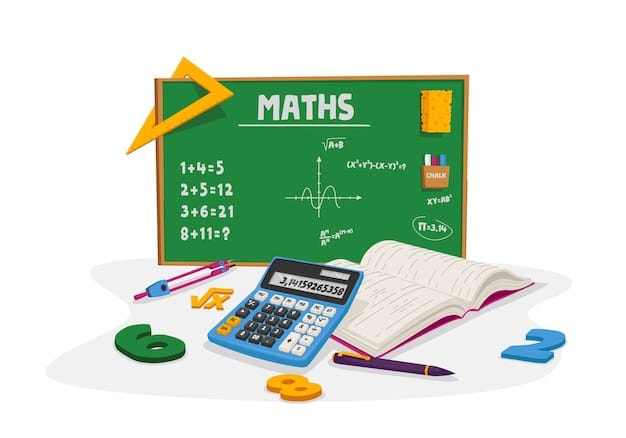
Engage your child in simple games that involve counting and number recognition.
Classic card games like "Go Fish" or board games that require moving a certain number of spaces can be effective. Use two dice to practice counting and adding numbers together. These games make learning numbers enjoyable and can be a fun family activity. They also teach children about taking turns and following rules, which are important social skills.
Rewards don’t always have to be physical. Verbal praise, high-fives, or a special shoutout during mealtime can go a long way in reinforcing positive learning behavior. The goal is to help children associate learning numbers with success and enjoyment, especially when they feel like the first person to discover a new concep . Motivated children are more likely to engage repeatedly with learning activities. The more positive reinforcement they receive, the more confident they become. And a confident learner is one who’s ready to take on new challenges with a smile.
Step 8: Be Patient and Positive
Above all else, patience and positivity are your secret weapons. Every child learns at their own pace, and it's perfectly okay if some take longer to recognize numbers than others. Avoid comparing your child to peers—instead, celebrate their personal progress and effort.
Use encouraging words when they struggle and show excitement when they get it right. Offer gentle corrections and avoid scolding mistakes. Turn every moment into a growth opportunity by reinforcing the idea that it’s okay to get things wrong—what matters is trying again.
Establish a consistent routine for practice, but keep it flexible and stress-free. If your child seems tired or uninterested, it’s okay to take a break. The goal isn’t perfection—it’s progress, so help your child feel comfortable as they learn . Every child learns at their own pace, so it's crucial to be patient and provide positive reinforcement. Celebrate small achievements and encourage your child when they encounter challenges. Remember, the goal is to make learning an enjoyable experience that builds your child's confidence and fosters a love for numbers. Your support and encouragement play a significant role in their learning journey.
Your attitude plays a big role too. When kids see that you're enthusiastic about learning, they'll mirror your excitement. Smile, laugh, and have fun with them. Your positive energy can make even the trickiest lessons feel doable and enjoyable.
Number recognition is a journey, not a race. With a nurturing, positive approach, your child will not only learn numbers—they’ll love learning them.
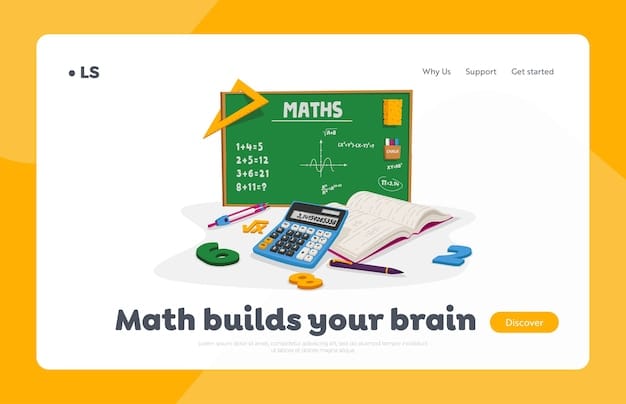
Number Recognition – FAQs
How to teach number identification effectively?
Start with visuals, songs, and hands-on activities. Break numbers into smaller chunks—focus on a few at a time. Use repetition with variation to keep it interesting. Introduce number tracing, matching, and everyday number spotting to reinforce learning. Keep lessons short, fun, and frequent.
What are some kindergarten number recognition activities?
Try number puzzles, sticker charts, sorting games, hopscotch with numbers, sensory bins, and scavenger hunts. You can also use digital games or have kids find numbers during storytime. Mixing physical and visual activities works best.
How to teach numbers to kindergarten kids?
Focus on playful learning. Use songs, games, storybooks, and crafts to teach numbers. Reinforce them during daily routines—like counting steps or reading prices at the store. Combine structured practice with creative exploration.
At what age should a child recognize numbers and letters?
Most children start recognizing numbers and letters between ages 3–5. By age 4, many kids can identify numbers 1–10. However, this can vary. What's most important is creating a positive and engaging environment.
How can I encourage number recognition through play?
Play board games, set up number-themed treasure hunts, or play “I Spy” with numbers. Use apps and online games for screen time. Incorporate art, music, movement, and storytelling into number lessons to keep it playful and meaningful.
Comments
Your comment has been submitted successfully!